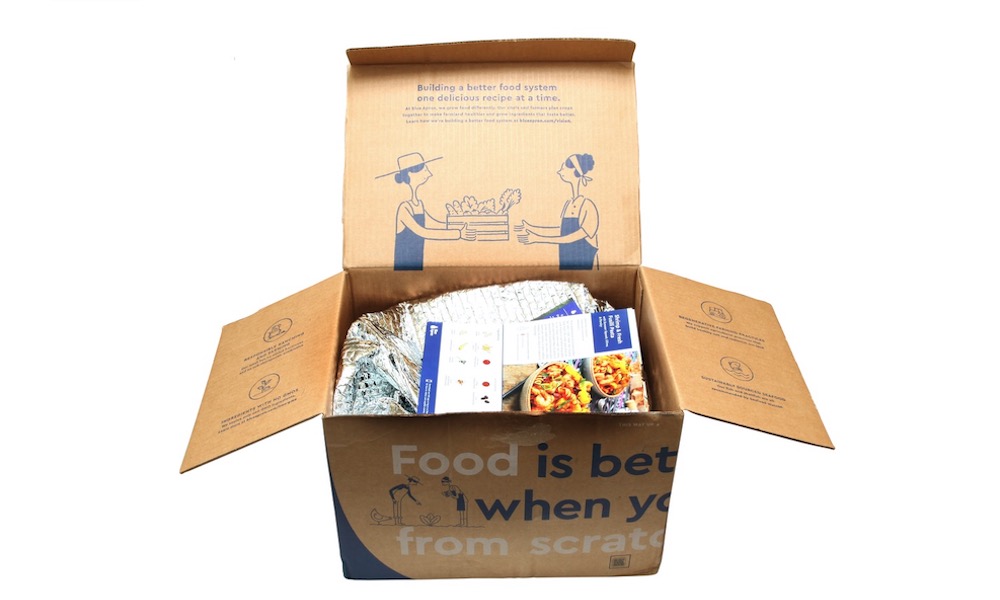Ordering a Meal Kit Online to Cook at Home? Be Aware of These Risks First
 Credit: Duplass / Shutterstock
Credit: Duplass / Shutterstock
Toggle Dark Mode
Meal delivery boxes are an increasingly popular way for busy people to be able to cook at home. Ordering meal kits online or through an app appears to be a great solution to an old problem, but some new research suggests they may not be as safe as they appear to be.
Startup LawnStarter recently conducted an interesting experiment delving into the safety of food delivery boxes like Blue Apron, Home Chef and others.
The basis of the research was the 40-degree temperature that food needs to stay under to be considered safe, per the U.S. Department of Agriculture guidelines.
Above that 40-degree temperature range, food can reportedly double its bacteria populations every 20 minutes.
To determine whether food shipped via delivery box was safe to eat, LawnStarter had some of its employees order food boxes to three locations in California, Texas and Florida.
The team recorded food temperatures at 6 p.m., when the average customer might be arriving home from work and ready to prepare their food.
Outside temperatures were also an important factor. In Texas and California, they ranged from 65 to 68 degrees Fahrenheit. While, in Florida, they were around 75 degrees.
The Results
The results were actually fairly interesting. In some cases, the food delivery boxes simply didn’t arrive. In the majority of shipments across the various delivery services, the food was still at a relatively safe temperature. But, in other cases, they weren’t.
- Chicken shipped by Blue Apron to West Palm Beach, Florida, for example, was found to be above the safe temperature limit.
- The same went for chicken, pork and beef sent out by Chicago-based Home Chef to Florida as well.
- Florida shipments weren’t the only ones potentially unsafe to eat. Meat products sent by Martha & Marley Spoon and Plated were also found to be above the safe temperature guidelines when sent to Los Angeles.
The problem, of course, isn’t necessarily just that food was possibly unsafe. It was the fact that many consumers aren’t privy to the USDA’s guidelines and may not know to check for a safe temperature.
As far as a solution, LawnStarter suggests that food delivery services could ship temperature guideline information with each box, as well as a thermometer so that consumers have the knowledge they need to make safe food decisions. Many wireless, iPhone compatible smart thermometers are available online, which can help you to ensure food safety with your smartphone.






